Home » Public Lands » The Rescission of the BLM’s Public Lands Rule Hurts Conservation
The Rescission of the BLM’s Public Lands Rule Hurts Conservation
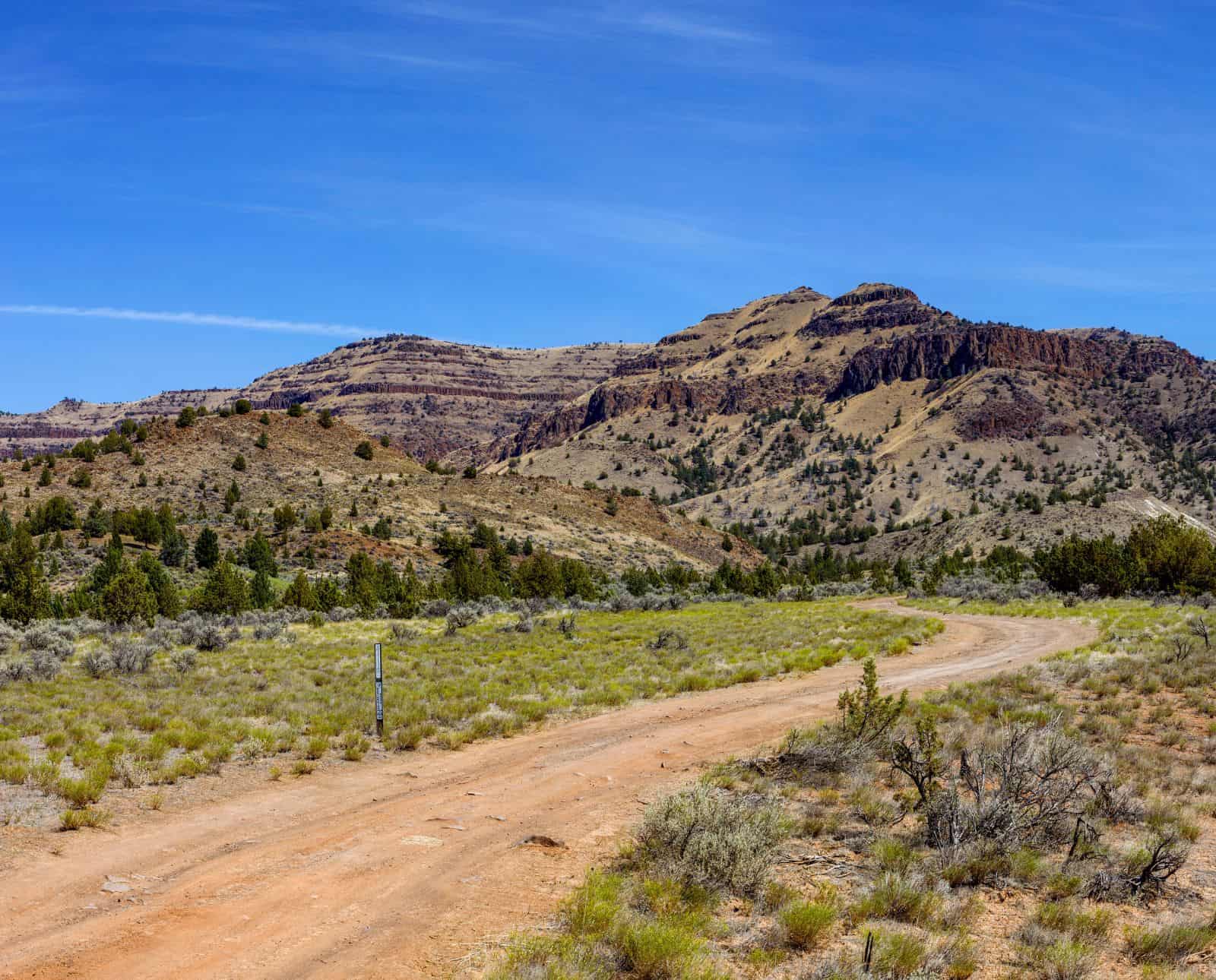
A.J. DeRosa, founder of Project Upland, is a New England…
The Public Lands Rule put conservation on equal footing with mining, grazing, and other BLM land uses. Then the White House rescinded it without a public comment period.
As upland hunters, we are no strangers to the public lands managed by the Bureau of Land Management (BLM). The opportunity to hunt a wide swath of wild native and even non-native birds on these landscapes represents some of the largest access opportunities in the country. We share BLM land with many of America’s other interests, including energy, livestock grazing, and timber harvesting. For the most part, when done correctly, these activities have minimal impact on the multiple-use landscape. I’m sure many of us have experienced shooting birds with oil rigs nearby.
The BLM was created to manage publicly held land for “multiple use and sustained yield.” In the Federal Land Policy and Management Act (FLPMA) of 1976, we defined these lands as serving multiple purposes—including recreation, grazing, timber, energy development, and conservation.
In 2024, the Public Lands Rule went into effect. The rule justified the elevation of conservation values on the multiple-use landscape. However, this past April, the White House rescinded it as a way to bolster energy development on BLM lands despite a lack of conflict between the industry and conservation. Not only that, but the administration moved forward with the rescission without first opening up a public comment period, potentially violating the Administrative Procedure Act (APA).
The Public Lands Rule
In June 2024, the Public Lands Rule reaffirmed the intent of FLPMA by putting conservation and recreation on equal footing with energy, mining, grazing, timber harvesting, and other uses. To be clear, this means putting hunting opportunities and habitat for game animals in a better position on productive public lands. Essentially, a nonprofit or other organization could lease land and manage it for conservation purposes—efforts that, in turn, benefit us as hunters. The goal was to help offset long-term damage to BLM lands by restoring habitats to make them more resilient—a win for both the public and wildlife.
In April 2025, the White House Office of Management and Budget posted a rescission notice for the Public Lands Rule. This action signaled the administration’s intent to roll it back without going through the traditional public notice and comment period typically required for such regulatory changes.
Let’s be clear: in 2024, we hit a record high for extracting crude oil on public lands in the United States, averaging 13.4 million barrels per day—the highest in U.S. history. The Public Lands Rule and energy dominance coexisted with little issue.
So, to put it plainly—why would we do away with the Public Lands Rule? And why, as a conservation-minded community, are we not angry about it?
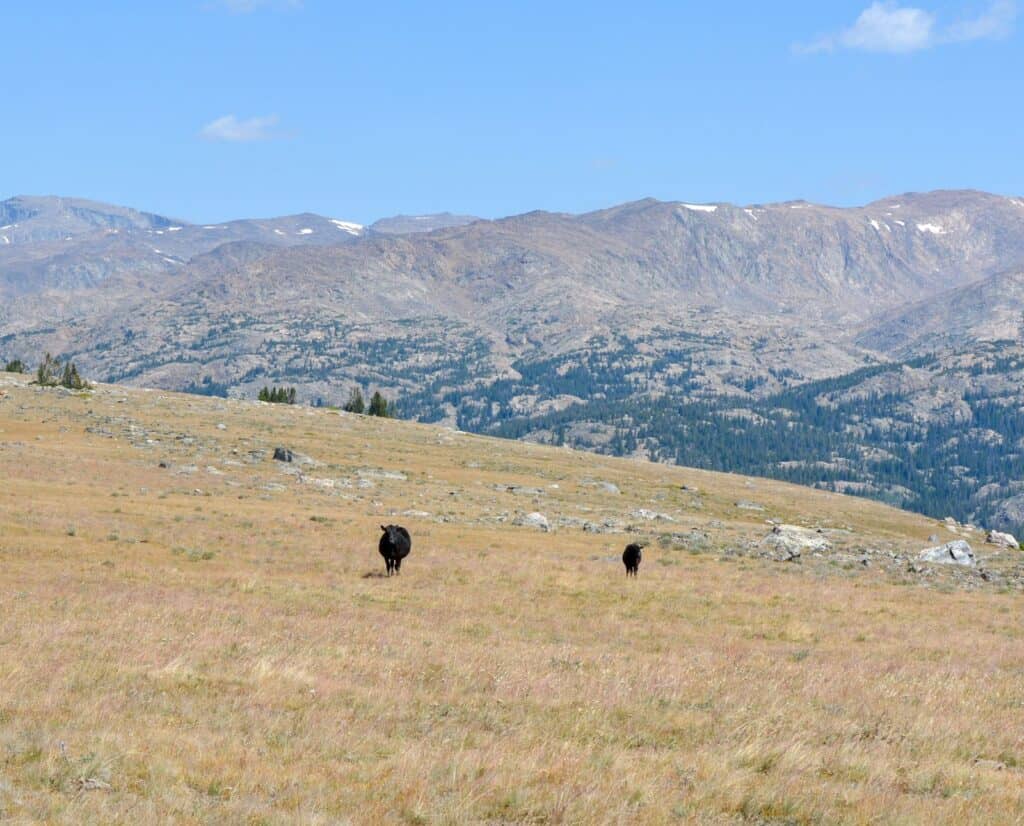
Defining the Public Lands Rule
According to the BLM website, “The rule recognizes conservation as an essential component of public lands management, on equal footing with other multiple uses of these lands. Americans rely on public lands to deliver food, energy, clean air and water, wildlife habitat, and places to recreate. The BLM knows the importance of balancing the use of our natural resources with protecting public lands and waters for future generations.”
The rule outlines three key components:
- Protect clean water and wildlife habitat
- Restore lands and waters that need it
- Make informed management decisions based on science, data, and Indigenous knowledge.
Perhaps one of the most important—and often overlooked—aspects of the Public Lands Rule is its explicit call for informed decision-making based on science and data. As hunters, science-based management is a cornerstone of successful conservation.
Hunters Support The Public Lands Rule
The Theodore Roosevelt Conservation Partnership (TRCP) stated, “Among the modifications made to the conservation rule, the BLM provided increased clarity to narrow the potential applicability of restoration leasing and mitigation leasing on BLM land. The agency also clarified that habitat connectivity is a component of intact landscapes. TRCP believes that these, and other refinements, address critiques made of the draft rule, and the organization encourages the BLM to focus heavily on collaboration during the implementation process.”
Hunters aligned themselves with the rule quickly, helping make the rule benefit habitat-based missions. Among the first organizations to engage with the BLM on this new rule were Pheasants Forever, the Mule Deer Foundation, and the Rocky Mountain Elk Foundation.
As of April 2025—marking one year since the rule took effect—the BLM has not released any data on how the rule has affected leasing or provided any additional information on its implementation.
Why Does Anyone Want to Do Away with the BLM Public Lands Rule?
The primary groups that have come forward against this rule include the American Exploration & Mining Association, the Western Energy Alliance, the National Cattlemen’s Beef Association, and the states of Utah and Wyoming. These states have filed lawsuits against the BLM, claiming that the rule violates federal statutes by prioritizing conservation over traditional land uses.
The main reasons for opposition are a perceived deprioritization of traditional BLM land uses and concerns about the economic impact on rural communities. A 2023 BLM report noted that public land use supported 949,000 jobs and contributed $252.1 billion in total economic output—including from recreational activities.
One legal argument against using FLPMA to justify the Public Lands Rule is that such a rule requires congressional approval. Ironically, this is also the fundamental reasoning behind the current administration’s attempt to rescind the rule—despite the administration frequently bypassing congressional oversight on public lands through executive policy.
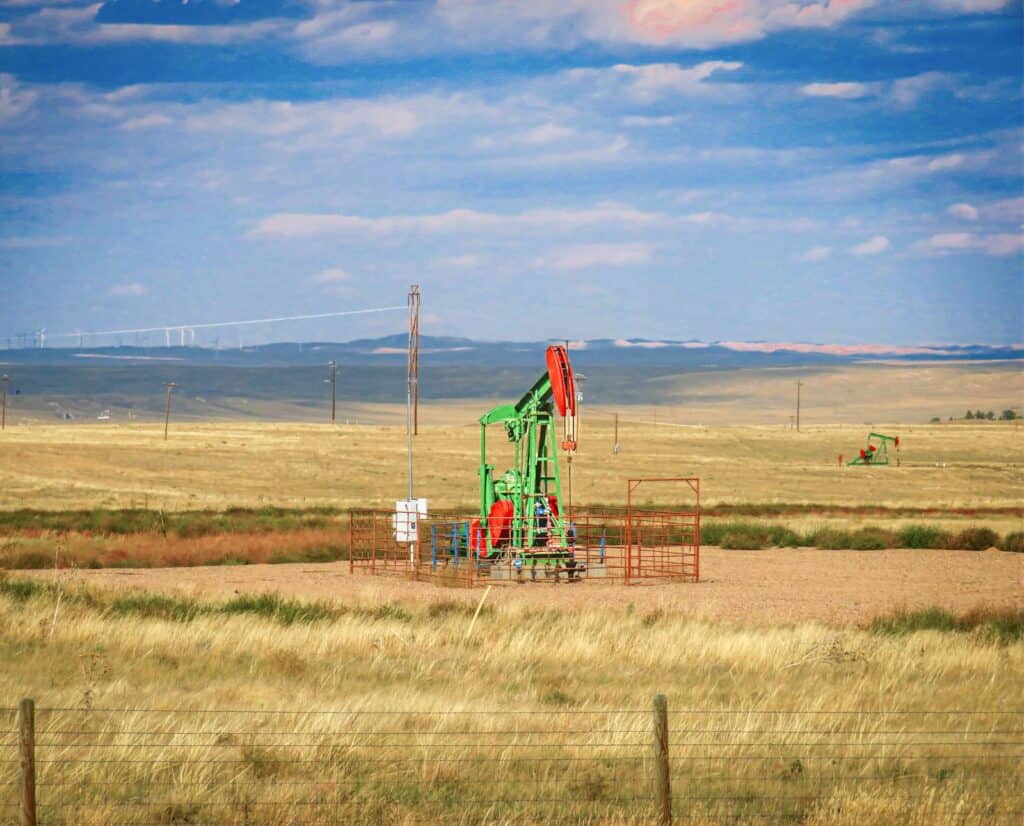
What The BLM Public Lands Rule Can Do For Conservation
By placing conservation on equal footing with other land uses, the Public Lands Rule created the potential for restoration and mitigation efforts on BLM land to offset damage from activities like grazing, mining, and energy development. This is especially critical for degraded and at-risk habitats, such as sagebrush and grasslands. The rule would have allowed groups to identify key areas in need and actively restore those habitats, helping mitigate long-term environmental damage.
The rule also would have enabled us to move critical lands into conservation leases to support wildlife corridors, prevent habitat fragmentation for game species, and strengthen protections for Areas of Critical Environmental Concern (ACECs). ACECs are one of the last lines of defense for at-risk species. One example is the 58,000-acre Lesser Prairie-Chicken Habitat Preservation ACEC. Another is the 22,000-acre Gunnison Sage-Grouse ACEC. While ACECs are not created under the Public Lands Rule, they could have gained added protection and priority under it, while also setting a framework for identifying and safeguarding other vital habitats.
This approach also offered a powerful outlet for hunting nonprofits. Non-governmental organizations could put their members’ money to work in ways that not only aligned with their conservation missions, but provided stronger long-term assurances for critical habitat projects—ultimately benefiting hunters for generations to come.
We cannot emphasize enough how important science-based land management is to ensuring our future. The Public Lands Rule could have helped balance our energy needs with increasing the long-term resilience of the land.
The implications of the Public Lands Rule translated to higher-quality access for hunters on lands managed for multiple uses—maximizing wildlife potential while also contributing to local economies.
What Can We Do About The Public Lands Rule?
The administration’s rescission of the Public Lands Rule has bypassed public comment—a move many argue is a violation of the Administrative Procedure Act. This is not the first time a Trump administration has bypassed the APA, and in every previous case, the courts found the administration in violation of it. As of April 2025, however, no lawsuits have been filed challenging the elimination of the Public Lands Rule on APA grounds.
This means our only viable option is to reach out to our congressional representatives and push back against this potentially illegal action that deprioritizes conservation on BLM lands. We must also help spread the word about how the Public Lands Rule benefited hunters—without, as the data shows, disrupting the priorities of energy dominance. After all, the BLM itself emphasized that the rule balanced “the use of our natural resources with protecting public lands and waters for future generations.”
A.J. DeRosa, founder of Project Upland, is a New England native with over 35 years of hunting experience across three continents. His passion for upland birds and side-by-side shotguns has taken him around the world, uncovering the stories of people and places connected to the uplands. First published in 2004, he wrote The Urban Deer Complex in 2014 and soon discovered a love for filmmaking, which led to the award-winning Project Upland film series. A.J.'s dedication to wildlife drives his advocacy for conservation policy and habitat funding at both federal and state levels. He serves as Vice Chair of the New Hampshire Fish & Game Commission, giving back to his community. You can often find A.J. and his Wirehaired Pointing Griffon, Grim, hunting in the mountains of New England—or wherever the birds lead them.

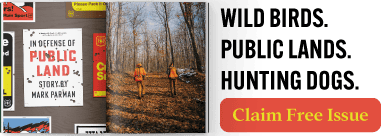
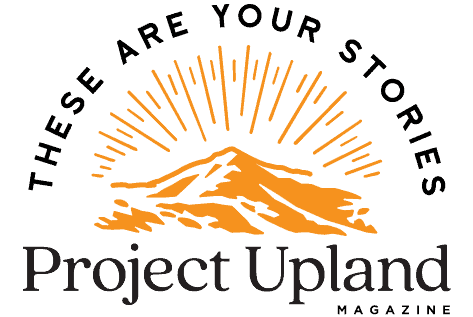

Thanks for raising awareness! Outdoor enthusiasts and anyone who cares about public lands need to make their voices heard that we don’t support these sorts of rollbacks.
Thank you for explaining why this is an important issue. I hope science based conservation efforts continue and we are able to protect and enjoy these spaces. Once they are disturbed, they are never quite the same.
Like others, I would like to thank Project Upland for raising awareness of this important issue. Hopefully in doing so someone will step up and file suit against this blatant and continual misuse of power in potentially violating the Administrative Procedure Act (APA).